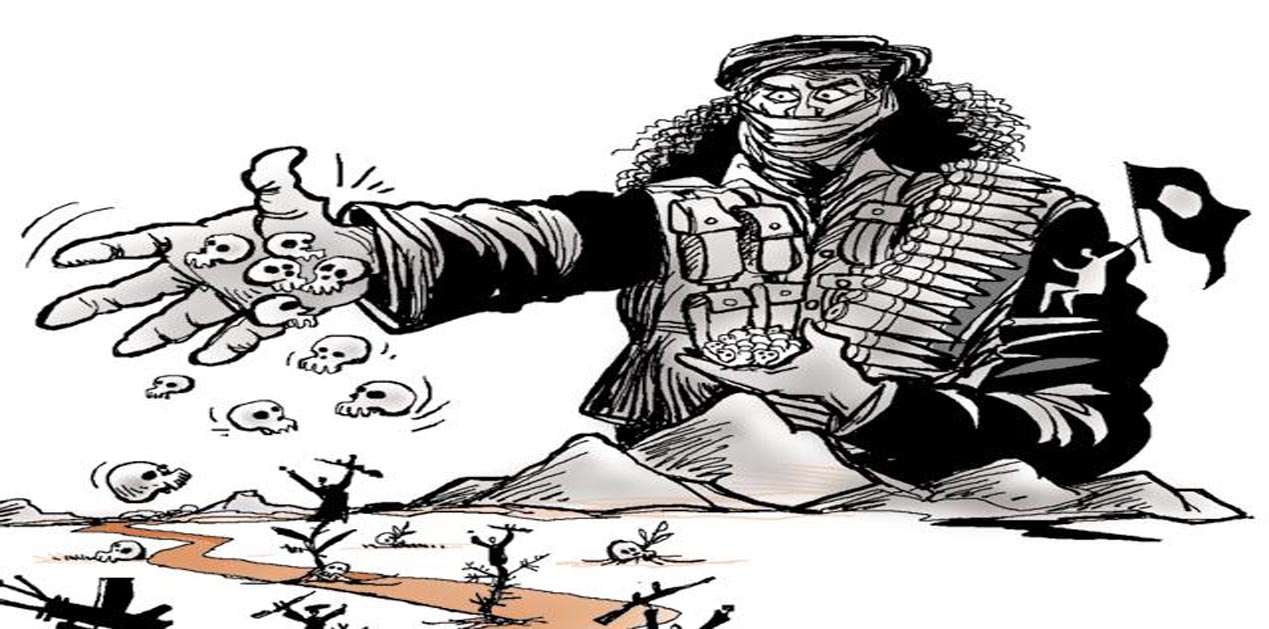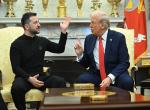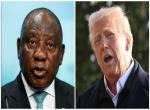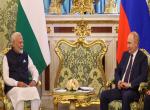After just about a decade of peace, on Easter Sunday morning (April 21, 2019), Sri Lanka was rudely shaken by a series of suicide bombing attacks, three of them targeting Church congregations in Colombo and another four at up-market hotels and a guest house (one of which failed) generally frequented by foreign tourists. There were also reports of one more blast on that day and another on the next day (April 22, 2019) while an unexploded device was being defused.
The enormity of the devastation can be gauged by the fact that altogether, so far, 359 deaths (ToI, Apr. 25) have been recorded by the authorities and over 500 others are injured. The dead included 45 children (UNICEF Geneva-HT April 24), 38 foreign national of around 12 countries including India, Britain, Denmark, Spain, Australia, Bangladesh (8 year old relative of PM Sheikh Hasina), USA, Switzerland, the Netherlands, Japan and Portugal. This is being described as the ‘worst ever terror attack in the country’. Indian casualty is being pegged at 13 (ToI Apr. 24)
The Government acted swiftly by declaring nationwide state of emergency, imposition of curfew and rounding up around 40 suspects, nine of them being remanded by the court to police custody. While interrogation of the suspects is continuing, security forces recovered 87 bomb detonators form the main bus stand in the capitol. An Improvised Explosive Device (IED) was also recovered near the international airport. (Note: These numbers are changing virtually on a daily basis as investigation progresses).
As is usual in such cases, the immediate questions being asked of the authorities are; was there an intelligence failure and who the culprits were?
Answers to these have already started surfacing as the investigation proceeds. According to media reports, three intelligence alerts based on detailed analysis of investigation reports of India’s National Investigation Agency (NIA), Tech-Int and Humint, were made available to the Sri Lankan authorities from April 4 onwards, the last one coming on the day of the attack. Prime Minister Ranil Wickremesinghe acknowledged receipt of these intelligence inputs that were passed on by the police chief to the lower formations, but were apparently not dealt with the required seriousness. Admitting the slip up, government spokesperson and cabinet minister Rajitha Senaratne said, “We saw the warnings and we saw the details given; we are very, very sorry as a government, we have to say-we have to apologise to the families and the institutions about this incident” (ToI Apr.24).
Why then did the slip up happen? This does not have easy answers but it must be acknowledged that this does happen quite often. One possible reason could be, and it happened in this case too, that normally intelligence in such cases trickles in small quanta and from different sources. Individual inputs therefore do not carry the full story and hence do not have the desired impact. The higher formations are happy to carry out performa compliance by forwarding the additional bits and pieces to the lower authorities down the order, but no one bothers to pause and put all these together to arrive at a holistic picture that would open up actionable opportunities. It happened in 9/11 and also in our own 26/11 experience. In fact, while dealing with J&K affairs, I had personally came across a number of instances of intelligence inputs relating to the same terror plot, coming in through different channels at different times, not necessarily in the actual sequence (Republic Day IED blasts in Jammu in 1995).
Even Mr. V. Balachandran, former Special Secretary, Government of India, and later Member, Pradhan Committee set up after the 26/11 Mumbai carnage, has referred to these problems in a detailed article titled ‘The Gaps in Intel Sharing (The Tribune, Apr. 24).
There is an urgent need for the security and intelligence services to look into their critical deficiency and devise systems that would work. Different models for this are available and Sri Lanka can would do well to select the best practices relevant to the conditions obtaining in that country.
Important components of the chosen architecture must ensure clarity and unity of command and accountability. This was directly referred to by the Sri Lankan Prime Minister on day one of the incident when he said that while intelligence was passed on to the police, his office was not kept in the loop. If the intelligence from foreign sources are dealt with in the Presidency and the end of the line operational units are not effectively plugged in, the task of launching timely and coordinated action becomes so much more difficult. In terms of accountability, President Sirisena has already asked his Police Chief and Defense Secretary to demit their responsibilities. Perhaps, similar action may follow in the mid and lower command structures as well. Possibly, more heads would roll and a better system would emerge after the report of the enquiry commission set up for this purpose furnishes its recommendations. It may be noted that while so doing, any extraneous consideration including political differences, if any, should not be allowed to come in the way of ensuring national security.
Even with regard to the second question as to who did it, the earlier speculation regarding involvement of a local Islamist group called National Thawheed Jama’at (NTJ) having planned and executed the attacks, has now been at least partially confirmed by the Sri Lankan investigators. Media reports have come up with graphic account of the bombers who actually carried out the suicide attacks. It is stated that virtually all the members of the family of a well to do local businessman dealing in spice-trade, formed the key perpetrators, though some more names are likely to emerge in due course. Were they self-motivated and self-radicalised, is still being ascertained. Where did they receive the training and who provided the wherewithal for carrying out the near simultaneous attacks at different places? Again, these have to be intensely enquired into to get to the root.
However, what should deeply worry the authorities in Sri Lanka and even in India is the claim of ownership made by the Islamic State (IS or ISIS) that the perpetrators were their ‘Inghemasis’ (fighters), as published in their Arabic language mouthpiece ‘Amaq’. Later, the IS also released a video featuring the seven suicide bombers swearing allegiance to the IS Chief. (ToI, Apr. 24).
This is worrisome since reports of IS activities in the country and in the neighbouring Indian states of Tamil Nadu, Karnataka and Kerala have been appearing at regular intervals. There were also earlier reports of a couple of Sri Lankan Muslims having travelled to Syria to join the war front there. Some local Muslim leaders too had drawn government’s attention to these reports. We in the region cannot now just look the other way and remain in a state of perpetual denial. Yet, extreme caution is called for in these investigations to ensure that innocents are not victimized.(Note: A recent note on Islamic Radicalisation in Sri Lanka and southern states of India may be seen on the VIF website).
Thus, as Sri Lankan authorities grapple to unravel the mystery of spreading radicalisation, flow of funds, online activities of IS recruiters and motivators, their over ground supports etc., there is urgent and inescapable need for Indian and Sri Lankan, perhaps even Bangladeshi, security and intelligence establishments to engage themselves to achieve closer cooperation not only in terms of sharing actionable intelligence but also in undertaking joint operations, whenever required.
Image Source: https://www.hindustantimes.com/rf/image_size_640x362/HT/p2/2015/11/28/Pictures/_3ce3f5ba-95fd-11e5-ae0b-6bb83fa8865b.tif










Post new comment